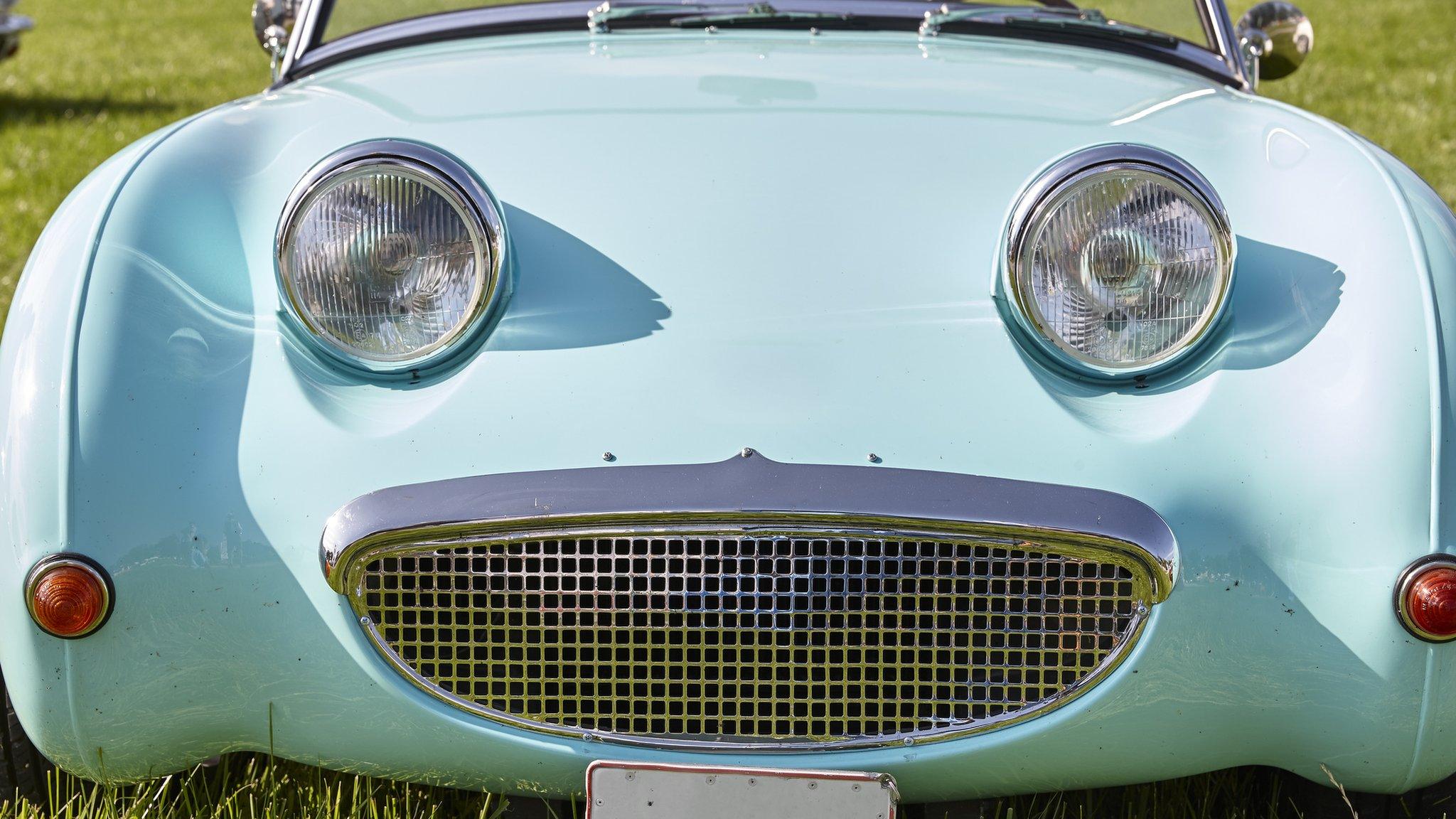Can you spot a dolphin in this Welsh harbour?
- Published
- comments

Do you think someone put it there on porpoise?
Is it a dolphin, or somefin else?
This aerial shot of Pwllheli harbour in North-West Wales looks a lot like the aquatic mammal, but the photographer, Rhys Jones, said he'd never realised just how much before.
"I've been up several times above the marina but it's the first time I've noticed this," he said.
"It was an amazing discovery. Once you've seen it, you can't unsee it."
The harbour is actually home to a pod of 300 bottlenose dolphins - well, now 301!

Hmmm... seems fishy to us!
Dolphins are mammals, which means they're in the same group of animals as humans
A group of dolphins is called a pod
There are 36 different species of dolphin, and the Amazon river in Brazil is home to 4 species that can't be found anywhere else in the world
They're very clever - bottlenose dolphins are among the only animals in the world (alongside humans and apes) to be able to recognise themselves in a mirror
They literally sleep with one eye open, to look out for predators
Why do we see faces in things?
It's not uncommon to see faces in everyday objects, such as the burnt bits of toast, or in the world around us.
The phenomenon is known as face pareidolia (you say it 'pa-ray-doy-lee-ah'), which is when the brain tries to make sense of things and makes you see images that are not actually there.

How cheesy!
It happens because the brain recognises something as a possible face in a few milliseconds, but even when it realises the object isn't actually face it still continues to analyse it.
Humans have learnt to identify faces so that they can decide if someone is a friend or a foe - we do this by checking their emotions, so if they are they happy, sad, or angry.
It's for survival - so we can protect ourselves and stay safe - and would've been useful when we were early humans.
That is why people find themselves thinking a plug socket looks a bit sad, or a tree's bark looks a little shocked.
- Published8 July 2021

- Published2 March 2023
- Published21 July 2016

